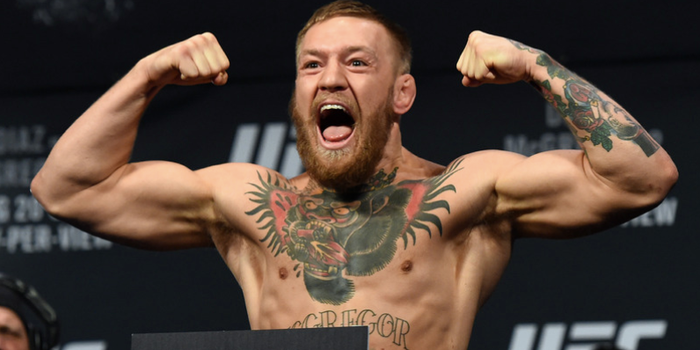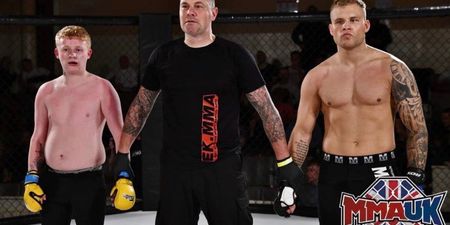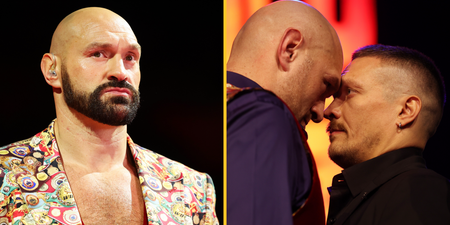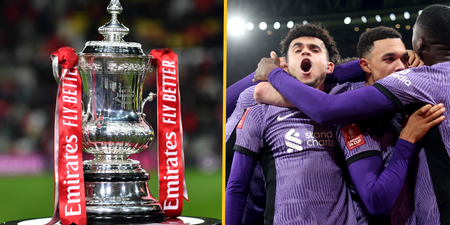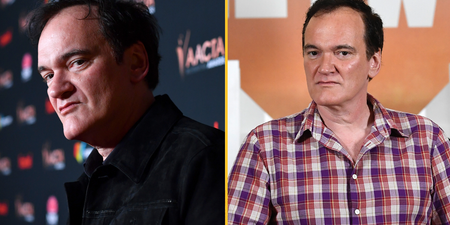Weight cutting poses the biggest risk to the health of both fighters and bodybuilders
Athletes need to cut weight in order to compete in these sports, although they are by no means the only arenas where people are categorised according to body weight.
Cutting weight is a hot topic, however, and can be potentially hazardous to health.
While many sports – such as Olympic weightlifting – involve cutting a kilo or two of weight, combat sports and bodybuilding employ more drastic measures. Top fighters and bodybuilders will regularly cut as much as 10, even 12 kilos.
It isn’t really ‘natural’ to slash this much weight in a short period of time, so any athlete going through this process requires expert attention.
Dr. Andy Galpin is a Professor in the Center for Sport Performance at California State University, Fullerton. He routinely works with top-level fighters and bodybuilders.
Speaking to Mark Bell, Dr. Galpin outlined the differences between both disciplines, and how to go about cutting weight healthily.
Galpin said: “You have to manage two things – the hydration status and the muscle glycogen.”
Muscle glycogen is essentially a posh term for the carb stores within your muscle cells. Glycogen fuels weight training and sports performance, which is why you often feel like you struggle in the gym on a low carb diet.
Where weight cuts differ
“There’s a major problem with restoring performance after a weight cut. If we take advice from people who’ve adapted weight cutting from physique sports, the literal goal of the whole weight cut is different.”
In bodybuilding, the role of a weight cut is just to make the competitor as shredded as possible. Performance takes the back seat.
Fighters and weightlifters need to cut weight and still perform at their best, so they must use a different strategy to bodybuilders.
Galpin says “The physique athlete will compete when they’re on stage, when they feel their physical worst. An athlete has to do the exact opposite.”
While fighters don’t employ as drastic a weight cut as bodybuilders do, in sports such as MMA the rules are generally tighter. Fighters such as Yoel Romero have in the past been penalised and fined for falling short of their target weight.
Why hydration matters
Hydration is absolutely essential for a fighter, and the benefits stretch further than mere brain function.
“If you fail to properly rehydrate, the risk of concussion and severity of those concussions goes dramatically up.”
As a rule of thumb, these are good guidelines for hydrate properly:
- When training: the American College of Sports Medicine (ACSM) recommend 5-7ml of fluid per kilo of body weight, around four hours before training or competition. For a 70kg person, that’s 350ml to 490/500ml – roughly one small bottle of water. As a minimum.
- Rest days: shoot for 1ml of fluid for each calorie you burn. This might sound tricky, but it’s not. If you burn 2500 calories a day, that’s two and half litres. Relatively simple stuff. This figure of course increases in hot climates.
